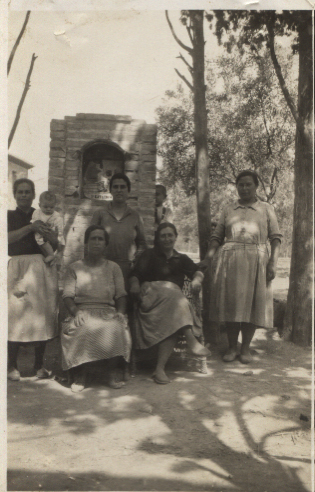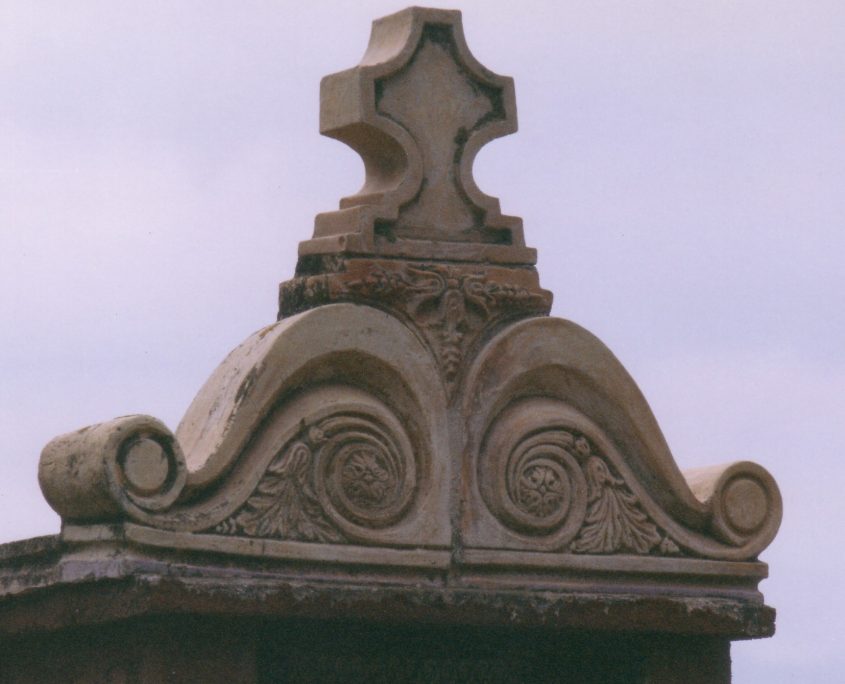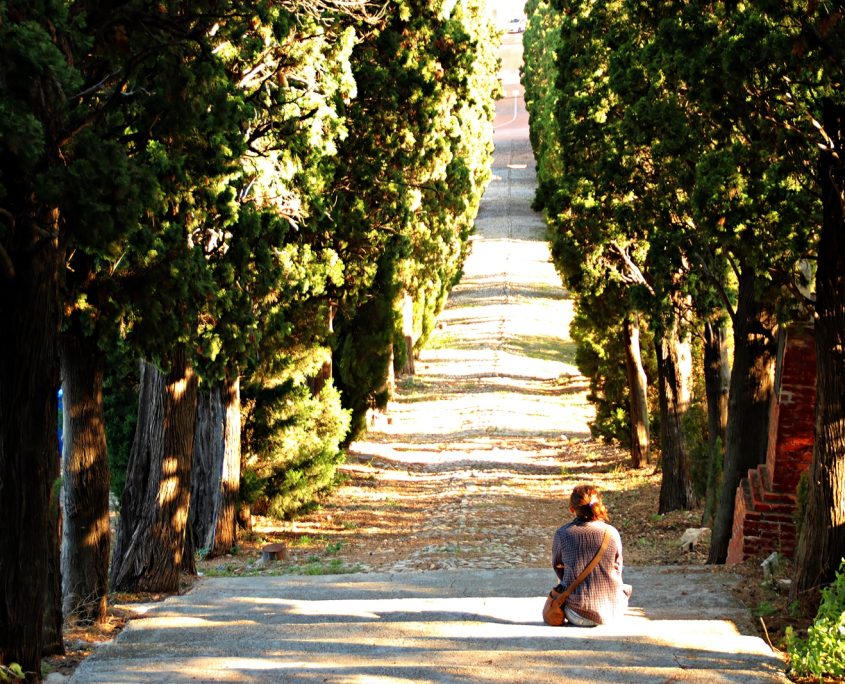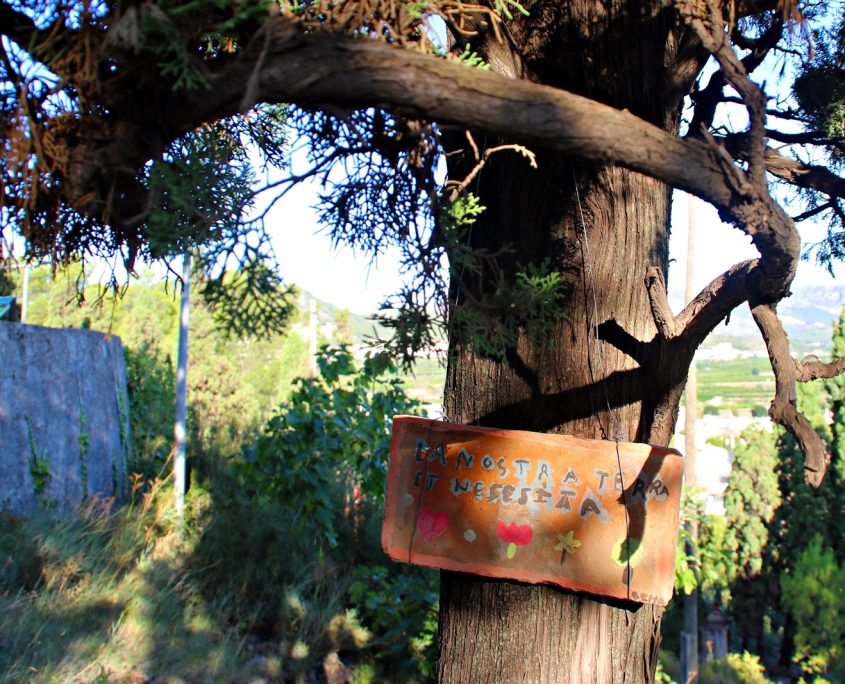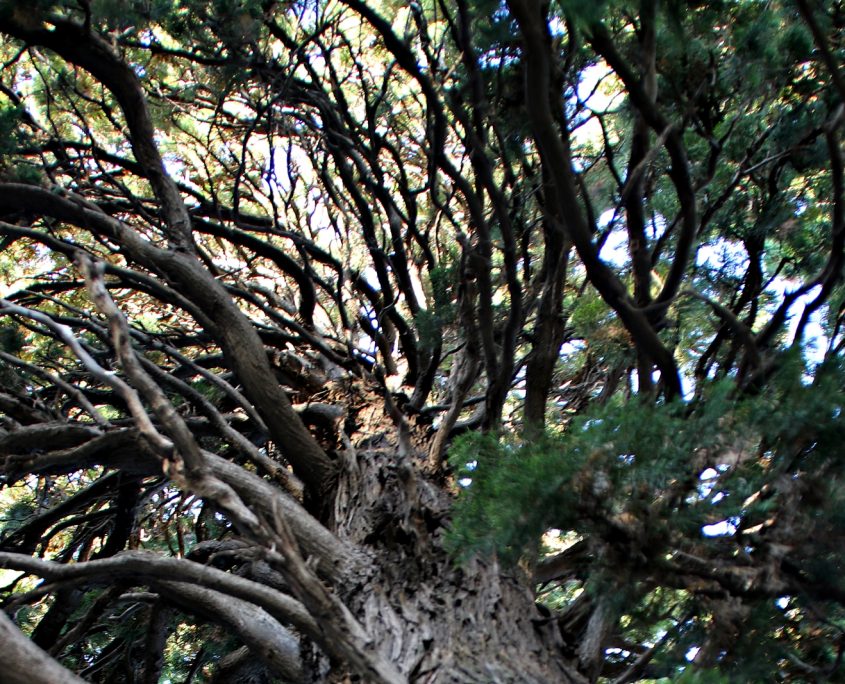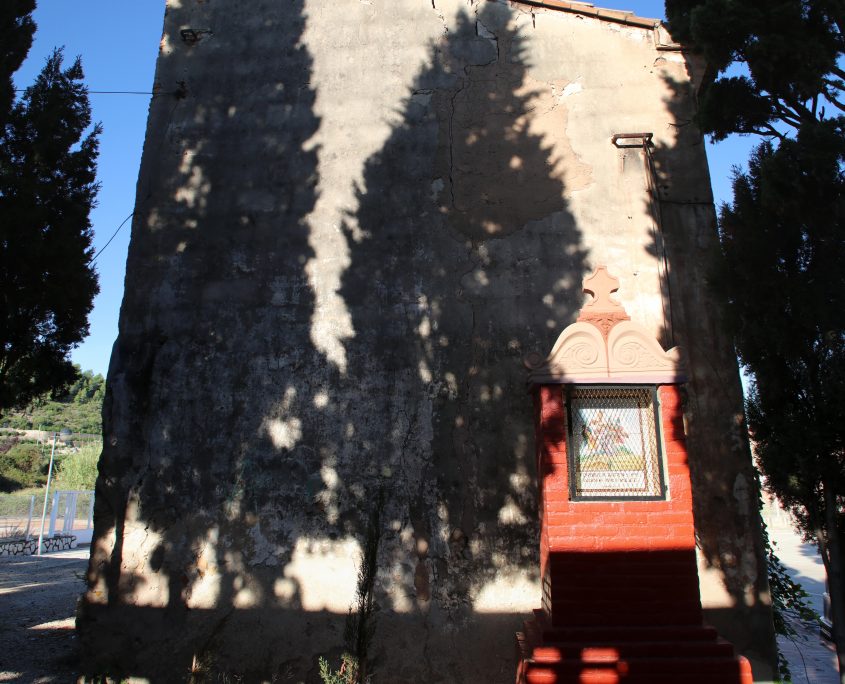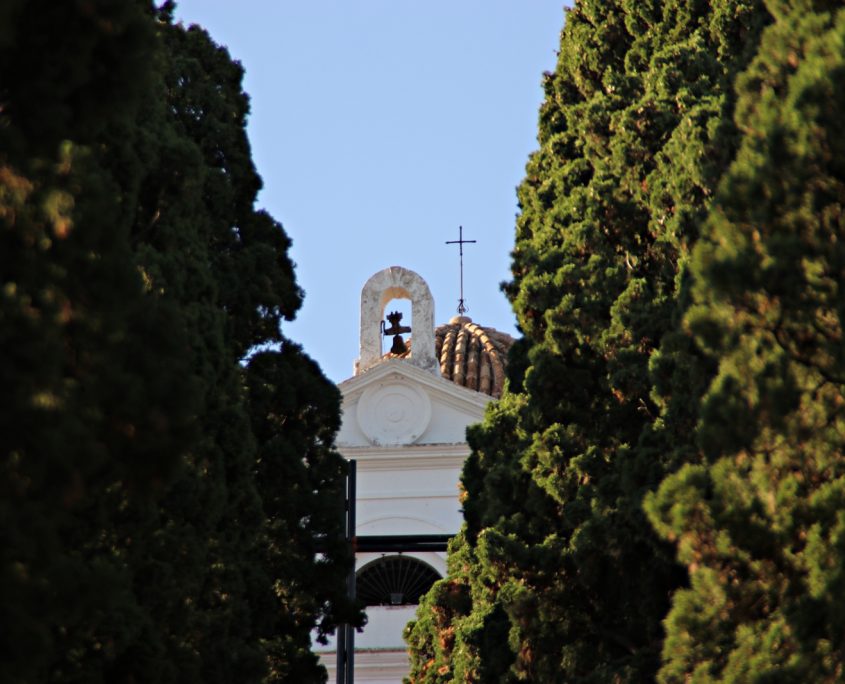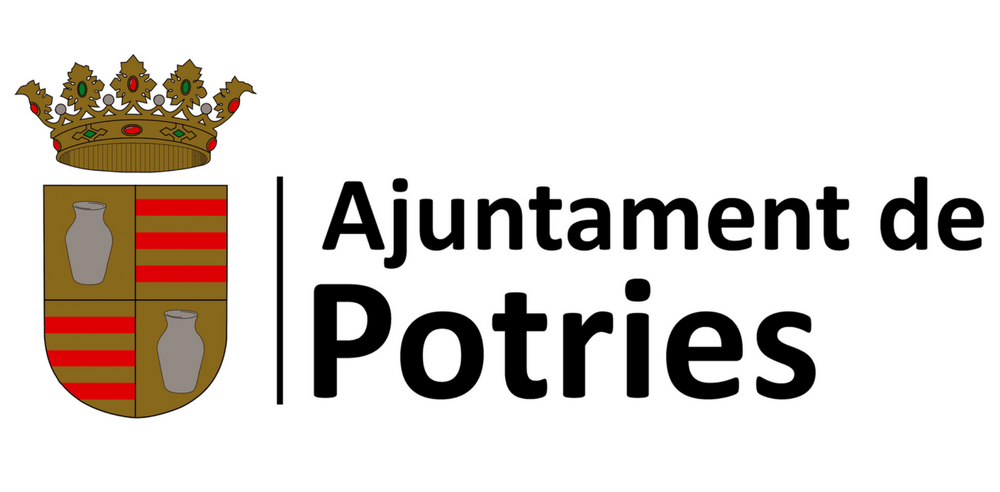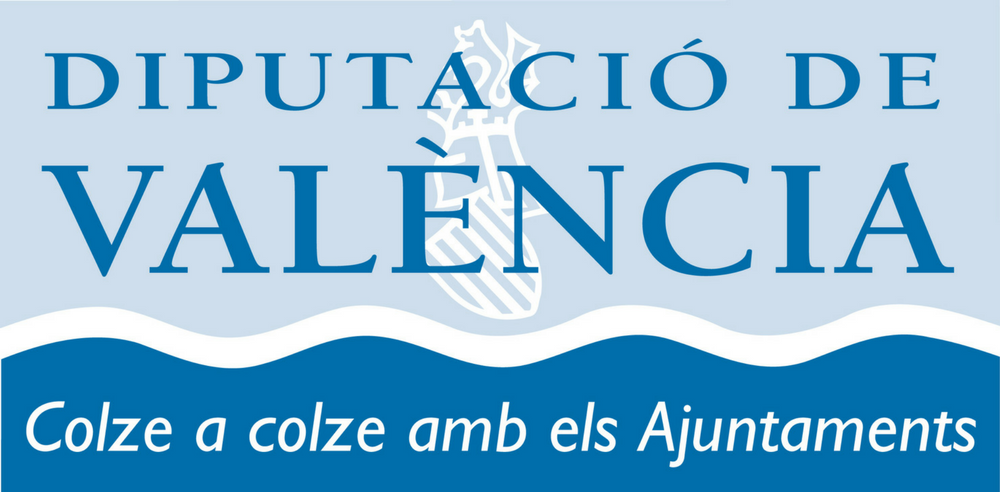Cupressus sempervirens – Familia: Cupresaceae
General characteristics
It is an evergreen tree that can reach up to 30 m high, with a pointed and narrow cup.
The trunk is straight; the bark is brown and cracks with aging. Its imbricated dark green leaves are tiny and thin.
It blooms in March and April.
The flowers are cloistered and grouped as inflorescence; masculine flowers are grouped on top of the branches, and femenine ones form cone shaped groups.
The fruit is a round cone with scales; green at first, and light brown when ripening, but darker brown when they open and release the seeds.
Its seeds are tiny and fall when the fruit ripens in autumn, every other year.
Uses
Its wood is used for carprentry and construction; it is scented and very resistant to rotting. It is often used to make wooden boxes, and the best wood sections can be used for decorating wooden slabs, guitar pieces, woodturning, stilts, etc.
Curiosities
It has been used as a funerary tree, in calvaries, as well as wind stoppers for the orange groves. Its foliage, when chopped, is used to show the itinerary during religious processionss. It grows slowly, but can live up to 2000 years, being one of the oldest medicinal plants; there is an Asirian inscription dated from 35 centuries ago.
Cypresses at the Calvary in the Hermitage
There are about 294 cypresses (Cupressus sempervirens); some of them over 100 years old.
Ethnobotany and/or associated history:
To the south of Potries, there is a mountainous area called “The Penyascos” (the rocks). It is precisely on the most Eastern hill where the Calvary is placed. We find ourselves walking up the steep hill adorned with centenarian cypresses, on a cobbled and stepped path which allows people to go up from the village to the hermitage; it was built around mid XIX century on top of the hill.
The calvary itself, is built with solid bricks on a two metres high square base construction, each crowned with triangular pediments with a cross on top; these were made of cooked clay in a mould from the “rejolar” (local brick making factory), which was owned by the Aznar family from Potries. Inside each construction we can find an upper niche where the ceramic pannels with the stations of the Cross were painted.
This calvary already existed already at the end of the XVIII century; there is documented evidence that in 1799 a new house was built to shelter the image of Christ; this fact was the origin of the hermitage construction between 1854 and 1865. During the civil war (1936 -39) these ceramic pannels from the Calvary were destroyed, and were substitued with new ones during the decade of 1950 thanks to the funding by devoted families from the village.
On foot Access from parking:
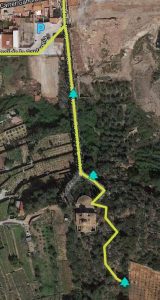
Location:
GPS parking location:
X, Y: 38.91445, -0.19279
GPS grove location:
X, Y: 38.9138,, -0.19238

Only accessible to the entrance of the Calvary, as it is an uneven cobbled path, it is difficult for people with impaired mobility.

